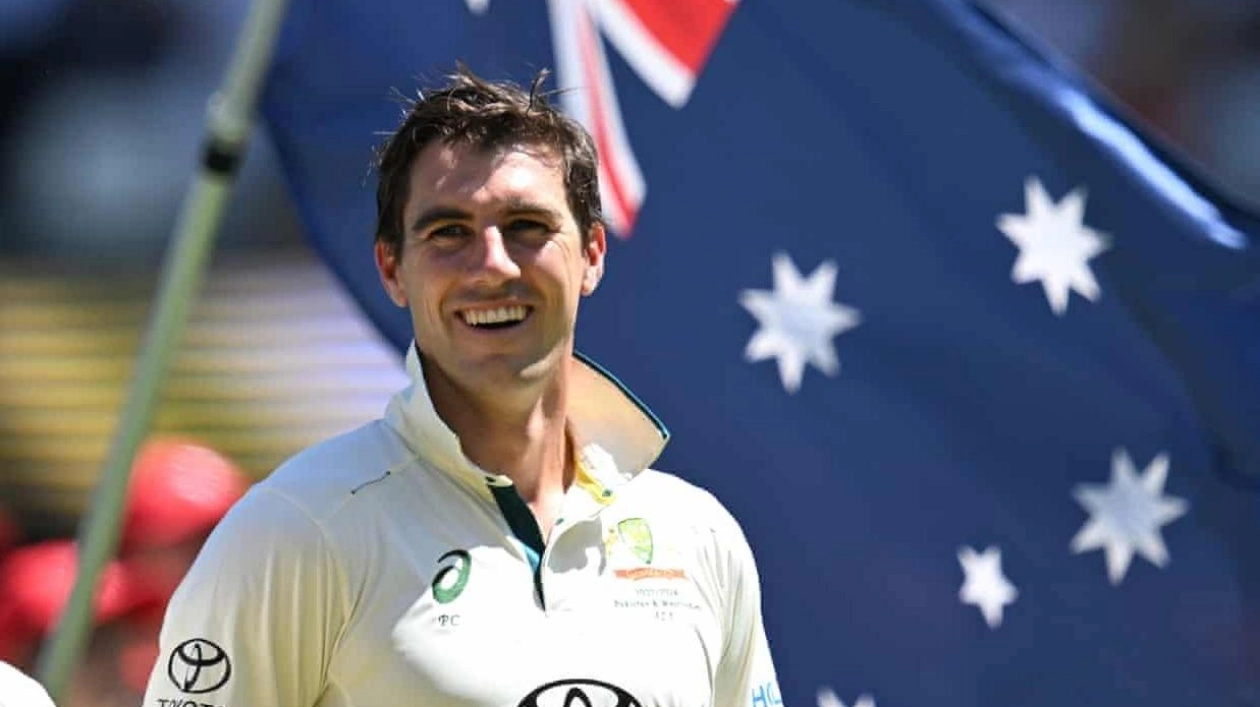Four years ago, during the Covid lockdown, Pat Cummins found himself with some free time and began connecting the dots between his experiences on the cricket field and the climate crisis. He recalled the time he lost six kilos in a day and the days he struggled to breathe. As he became captain, he started making decisions based on whether his team should start or finish in the shade. This reflection deepened when his first son, Albie, was born. He devised a practical plan: to install solar panels at his local cricket club, Penrith, a blue-collar area in Sydney's western suburbs that becomes unbearably hot in the summer. He found companies willing to provide solar panels and funded the installation himself. Thus, alongside other Australian cricketers, the idea for Cricket for Climate was born.
From the outset, it was a player-led movement, with cricketers contributing financially to install solar panels at their junior and grade clubs – Josh Hazlewood at Tamworth CC, Moises Henriques at St George DCC, Rachael Haynes and Alyssa Healy at Sydney CC, and Nathan Lyon at Northern District CC. A major partnership with Cricket Australia saw 285kW of solar panels installed at the National Cricket Centre in Brisbane. The concept was straightforward: solar power would reduce carbon emissions, allow clubs to reinvest savings from energy bills into the future of the game, and initiate conversations about climate and energy transition among cricket enthusiasts.
They held a summit, inviting key figures including the federal minister for climate change and energy, Cricket Australia representatives, and influential individuals. Because it was Cummins and because it was cricket, people attended. Joanne Bowen, the company’s CEO and originally from the UK, remarked, “It’s remarkable how deeply cricket is embedded in the community [in Australia].” She highlighted the potential to influence eight million cricket fans, the prime minister, politicians, CEOs, other sports, councils, and the general public. The power of this influence is immense.
Cricket for Climate has conducted academy sessions, discussing the links between extreme weather and cricket, personal actions individuals can take, and building resilience for community cricket. Attendees have included Alex Carey, Ashton Agar, David Moody, and under-19s Kane Halfpenny, Louis Smith, Olivia Maxwell, Eva Ragg, and Beth Worthley. These sessions cater to both the very young and those nearing the end of their careers, all thinking about their children’s futures. The goal is for them to feel empowered to speak out, as Cummins has done, despite the risks to his personal standing.
Now, Cricket for Climate’s ambitions have expanded. Success has fueled a desire to do more. Bowen explains, “Rather than one club at a time, we aim to scale our efforts.” They are partnering with major banks to install solar panels at multiple clubs and create mini green power stations that generate enough power to stabilize the grid as the country moves away from coal. Bigger announcements are on the horizon, with ambitious projects in the pipeline.
The number of people willing to listen is growing as players and parents show their support. Clubs in far northern Queensland are reporting declining participation rates, with kids opting for less risky sports like basketball, which can be played indoors. Who wants to pay for a season if it’s constantly interrupted? Internationally, progress is also being made. At Gloucestershire’s Nevil Road ground, the Greener Games Sustainability Conference attracted a significant audience. Prof Steve Simpson from the University of Bristol discussed “active hope,” while Asif Rehmanwala, CEO of Ecotricity, shared insights on how cricket could do more to promote sustainability.
A group of over a hundred professional women’s footballers recently published an open letter to FIFA, urging the global governing body to drop Saudi oil company Aramco as a sponsor due to environmental and humanitarian concerns. The International Cricket Council, which renewed its agreement with Aramco last year, has not faced such public pushback, though many players were unhappy about being interviewed in front of Aramco billboards and receiving the Aramco player of the match award. The ICC did, however, invite Cricket for Climate to present at its conference in autumn. Bowen initially feared being heckled but was welcomed. The mood is gradually changing; cricket can no longer afford a slow evolution.
Source link: https://www.theguardian.com






